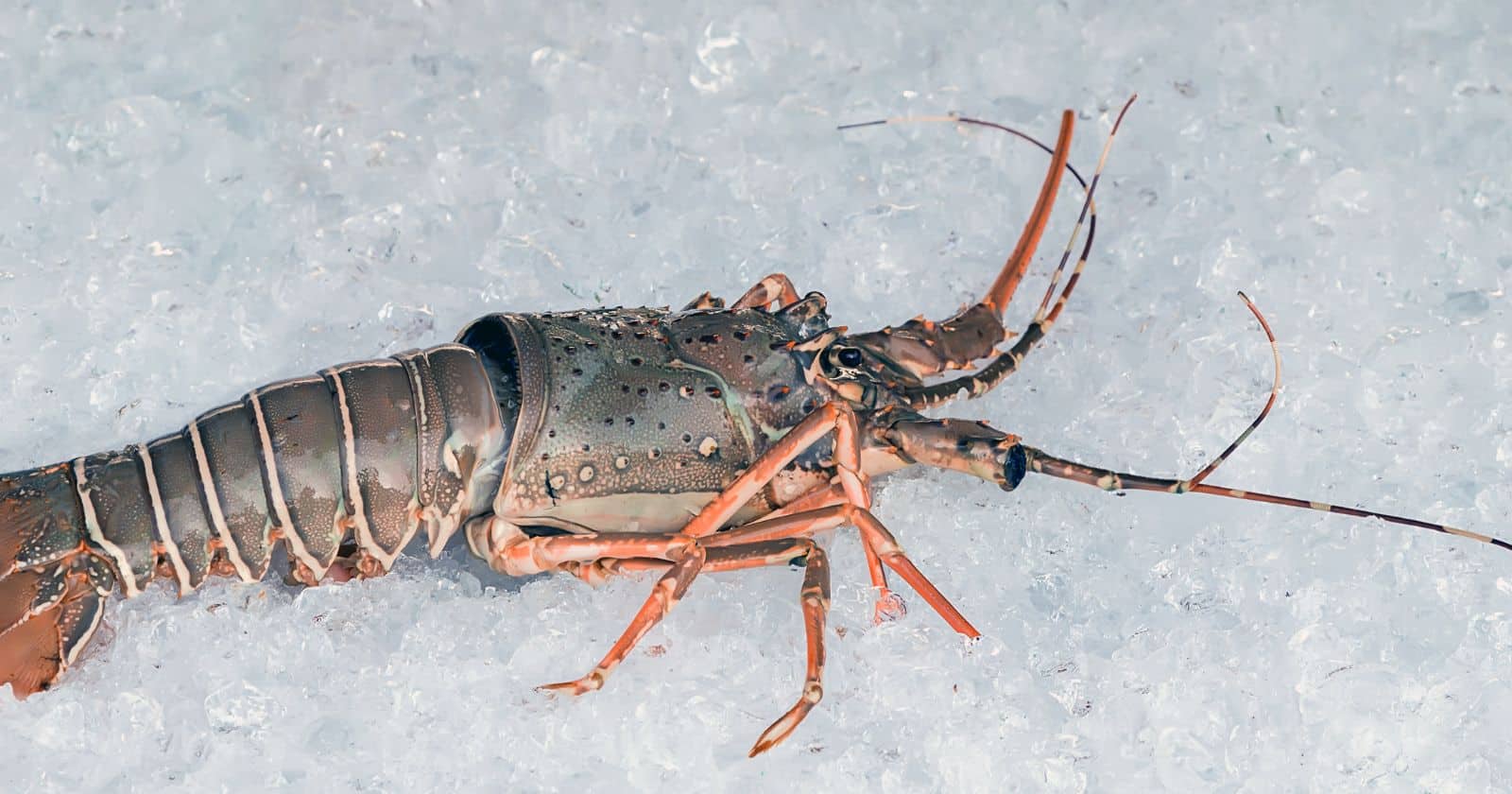Steaming fresh lobster tails can yield incredibly tender, juicy, and flavorful results. However, many home cooks wonder whether they should cut the lobster tails before putting them in the steamer. This is a valid question, as there are pros and cons to consider when pre-cutting lobster tails.
In this comprehensive guide, we’ll explore both sides of the debate, looking at the reasons for and against slicing lobster tails prior to steaming. Armed with the facts, you can decide what works best for your needs and preferences.
The Case for Cutting Lobster Tails First
Here are the top reasons why many people choose to cut their lobster tails before steaming:
More Even Cooking
Cutting along the top of the shell exposes more surface area of the meat. This allows the hot steam to penetrate and cook the lobster thoroughly and evenly throughout. Leaving the tail uncut runs the risk of uneven cooking, with the outer areas overdone while the interior is undercooked.
Easier to Remove Meat
Once your lobster tails are cooked, getting the meat out of the shell can be tricky. Cutting the shell beforehand gives you a ready-made opening to easily extract the entire portion of meat without having to crack open and struggle with the shell.
Better Absorption of Flavors
If you want to add any seasonings or compound butter to your lobster tails before steaming, cutting them open gives the flavors direct access to coat and penetrate the meat. The intact shell can block full contact of flavors on uncut tails.
Appearance Benefits
Slicing lobster tail shells before steaming can give you a beautiful presentation. The openings created by the cuts allow the meat to spill out and arrange attractively on the plate once cooked.
Less Risk of Overcooking
With no openings in the shell, it can be harder to judge accurately when a whole lobster tail is cooked through. Cutting before steaming lets you visually inspect the meat as it cooks.
Reasons to Avoid Cutting Lobster Tails
However, there are also some good reasons why you may want to steam lobster tails intact, without any pre-cutting:
Retains Moisture and Shape
The shell helps keep the natural juices and moisture locked inside the lobster meat during cooking. Keeping it intact prevents the meat from drying out. This also helps the lobster tail hold its shape better.
Easier Handling
Whole, uncut lobster tails are simpler to maneuver and place into your steamer. The shells help contain the meat and prevent splattering or spilling as you transfer the tails in and out of the steamer.
Extra Protection During Cooking
The lobster shell provides a protective barrier, shielding the delicate meat from the direct blast of steam heat. This can help prevent overcooking.
Simplicity
Not cutting the lobster tails beforehand means less preparation work required on your part before cooking. You can simply place the whole tails straight into the steamer.
Natural Presentation
Serving steamed lobster tails intact in their shells looks appetizing and impressive. You and your guests can enjoy cracking them open at the table.
Key Factors to Consider
When deciding whether or not to cut your lobster tails prior to steaming, keep the following important factors in mind:
Lobster Tail Size
For very large lobster tails, cutting before steaming can promote more even cooking. Smaller tails run a lower risk of uneven cooking and may be fine steamed whole.
Cooking Vessel
If using a tightly sealed steamer, intact shells help retain moisture. In open vessels like steaming pots, pre-cutting may help prevent drying out.
Desired Texture
If you prefer softer, more tender meat, cutting the shell can allow steam to penetrate fully and achieve this texture. Leaving tails whole yields firmer meat.
Serving Plans
If serving tails individually on plates, pre-cutting makes a nicer visual presentation. For using lobster meat in other dishes or recipes, cutting beforehand helps release the meat.
Steaming Lobster Tails Whole Step-By-Step
If you opt to steam lobster tails intact, follow these simple steps for perfect results:
1. Start with Frozen Tails
For the best texture and flavor, use raw, shell-on frozen lobster tails. Thaw completely before cooking. This prevents overcooking from the steam.
2. Prepare the Steamer
Fill a large pot with 2-3 inches of water and bring to a boil over high heat. Place a steamer basket or colander inside and make sure it clears the water.
3. Add Tails Shell-Side Down
Arrange the lobster tails in a single layer in the steamer, standing them up with the shell curve facing down. Crowding will inhibit even cooking.
4. Steam 8-12 Minutes
Keep the pot covered and steam for 8-12 minutes, depending on the size of the tails. Start checking at 8 minutes. The shells will turn bright red when done.
5. Check for Doneness
Use tongs to remove a tail and check the internal meat for opacity. It should be white throughout when fully cooked, not translucent.
6. Remove and Serve
Carefully transfer the lobster tails to a serving platter. Serve with clarified butter, lemon wedges, or your desired sauces.
Steaming Pre-Cut Lobster Tails
If you choose to cut the lobster tails prior to steaming, here are some tips:
- Use clean, sharp kitchen shears for easy slicing down the length of the shell. Scissors are safer than knives for this task.
- Try to keep the meat resting in the bottom half of the shell if possible after cutting, to help retain shape.
- Lay the tails in the steamer cut-side up so steam can directly penetrate the meat.
- Steam in batches to avoid overcrowding, which can cause uneven cooking.
- Watch the tails closely through the shell openings as they steam to monitor doneness.
- Expect the steaming time to be a few minutes shorter with the shells pre-cut.
Final Takeaways
- There are good arguments both for and against cutting lobster tails before steaming. Consider the specific factors for your needs.
- Cutting pre-steaming can promote more even cooking and easier meat removal. Keeping tails whole retains moisture and shape.
- Larger tails benefit more from pre-cutting than smaller tails. Open vessels also favor pre-cutting.
- Check doneness carefully, as cut tails require less steaming time. Stop cooking as soon as meat is fully opaque.
- Serve steamed lobster tails whole for dramatic table presentation or pre-cut to easily incorporate meat into recipes.
With this thorough look at the lobster tail steaming debate, you should feel equipped to decide whether to cut or not cut before cooking. Either way, proper steaming will yield tender, juicy results to highlight the glorious flavors of fresh lobster.





